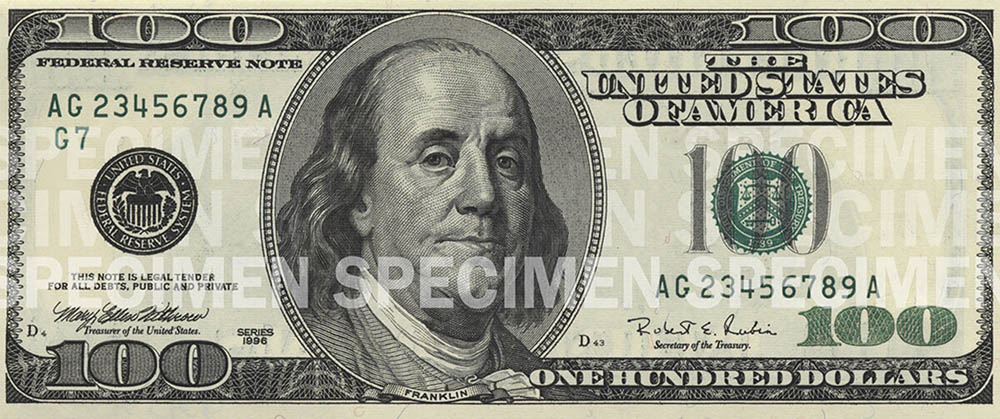Acceptance and Use of Older-Design Federal Reserve Notes

Legal Tender
It is U.S. government policy that all designs of Federal Reserve notes remain legal tender, or legally valid for payments, regardless of when they were issued. This policy includes all denominations of Federal Reserve notes, from 1914 to present as per 31 U.S.C. § 5103.
The Federal Reserve Board recognizes that in some countries there may be different exchange rates or acceptance policies for foreign currencies, but markets, rather than the U.S. government, control these rates.
In the United States, there is no federal law that requires a private business, person, or organization to accept currency or coins as payment for goods or services. While private businesses are free to develop their own policies, there may be state or local laws that specify a requirement to accept cash within certain jurisdictions.
Visit the Denominations page to learn about the designs and security features of each Federal Reserve note. Visit the Banknote Identifiers and Symbols page to learn about the details that provide more information on each bill, such as the serial number or series year.

How to Authenticate Older Designs of $100 Bills
Federal Reserve notes are redesigned primarily to make them easier to use but more difficult to counterfeit. This does not mean that older-design notes are not secure. In fact, security features in older-design Federal Reserve notes, such as watermarks and color-shifting ink, have proven to be so effective they have been retained and updated for use in newer-design notes.
To authenticate a $100 note issued between 1996 and 2013, move your finger along the note’s surface to feel the raised printing, tilt the note to see the 100 in the lower right corner change from green to black, and hold the note to light to see the watermark and security thread. You should also see red and blue security fibers embedded throughout the paper, and microprinting within the numeral in the lower left corner and in the left lapel of Benjamin Franklin’s coat. Magnification may be necessary to view the microprinting.
